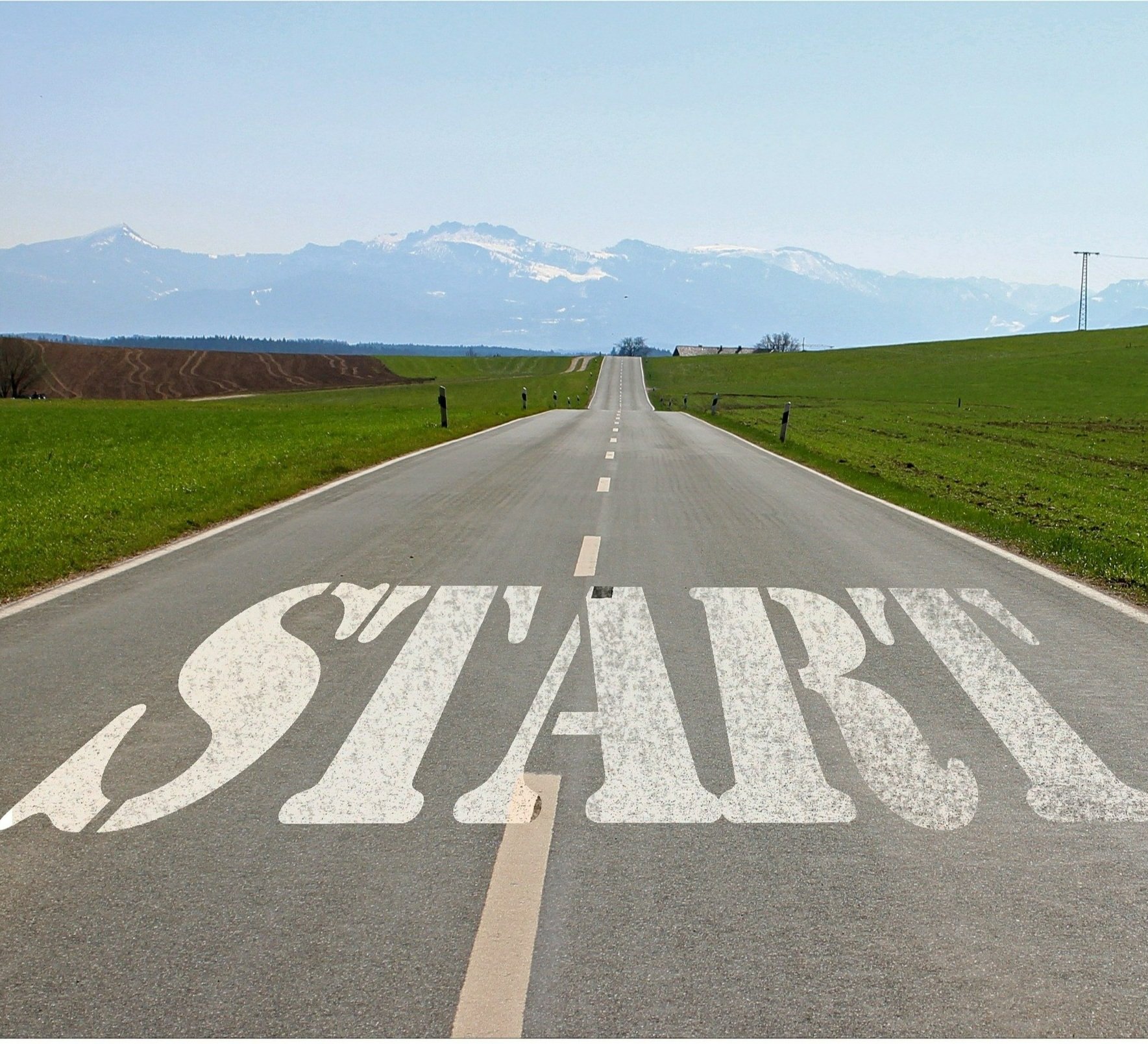What Your Grant Proposals Are Missing (and What You Can Do About It)
A black and white pencil beneath the word “IDEA” is centered, surrounded by drawings.
Many organizations initially start to engage in evaluation in response to requests (or demands) from funders, whether it’s through an application, proposal, or report. While it is definitely a good thing for funders to be interested in evaluation, data, and impact measurements, and I work to encourage them to value these things, asking for them without the necessary support or information results in stress and busy work for organization staff, bad data, and contributes to inequitable power dynamics between funders and funding recipients.
Unfortunately, while I do believe well-intentioned, the requirement to include evaluation in grant proposals and reports has too often resulted in poor evaluation planning. It leaves many organizations lost on how to even approach evaluation in the first place. I hear from a lot of organizations that are “just guessing,” relying too heavily on funder demands, or completely lost altogether.
When done well, however, incorporating evaluation can strengthen a proposal by showing commitment to learning, having the information to back up your claims, and using data to tell your story. Whether or not it is required, including your evaluation plan or impact measurement strategies will add points to your proposal- and if it’s not required, you might even earn a few more.
Below are my top 4 tips for how to effectively include evaluation or impact measurement in grant proposals— and they might be easier than you think. These strategies work for both specific grant proposals and general templates and will provide valuable information whether you’re currently working on a proposal or want to prepare for the future.
The back of a person’s head is centered. The person is looking at a wall of notes and documents.
Tip 1: Make sure you have a solid logic model and evaluation plan.
I’m not talking about the logic model you put together for your funder because you had to turn something in. I’m talking about a logic model that grounds and guides your work, supports your organizational growth, aids in decision-making, and makes reporting seamless. A logic model helps you figure out exactly what metrics you need to track, communicate your process to funders, and identifies how you will show the impact of your program.
Tip 2: Use what you have.
Under no circumstances do you need to create a new evaluation strategy for every individual proposal or funder. Sure, you might need to add in a few specifics in a new situation, but a solid proposal comes from an evaluation plan that is already built into your work and processes. Plus having a “master plan” saves you time, energy, and money when it comes to the proposal process.
Several people sit around a table with mugs, notebooks, and a computer. Two people are reaching across the table to shake hands.
Tip 3: Don’t dismiss the process.
A good evaluation goes beyond participant counts and survey summaries. One of the most powerful things you can lean on is the new information your evaluation gives you. Many organizations are currently redesigning their programs, looking at them differently, or being asked for new information. Using messages like, “this is what we’ve discovered,” “based on our data, we’ve made some adjustments,” or “this is how we’re tracking our progress” can demonstrate your results and impact without the pressure of having to find the “final answer.” Living in the “messy middle” might sound risky, but it is a necessary part of the process and sends the message that you’re committed to doing things the right way.
Tip 4: Think about your starting point, not the final product.
Remember that evaluation is an iterative process. While a solid foundation is important, you don’t need to have it perfect the first time. Many organizations get caught up trying to figure out the right metrics to track or plan methodology (like surveys, focus groups, or assessment tools) before fully thinking through what will be the best approach. Becoming tied to the final outcome can end up with you getting stuck carrying out a plan that turns out not to be the right fit or can stop you from even getting started in the first place. Remembering this part of the process is especially important for organizations working in spheres that are less quantifiable like arts and social movements.
The word “START” appears in large letters on a road that continues into the distance.
Wondering where to even start? Use your logic model (tip 1), think about what is already working (tip 2) and use that information to inform where you want to start or where you still have a lot of questions and need to learn more (tip 3). Once you have a place to start, a strong evaluation process is about learning as you go, adding new pieces as you discover, and updating programs and processes with new information.
These are all examples of Evaluation Culture. Evaluation Culture is what breaks the cycle of meaningless counting and reporting and instead transforms your evaluation processes into grounding structures that support your work and your organization as a whole.
Want to know more about how to strategically include evaluation in your next grant proposal?
Read our blog post on the benefits of including evaluation as part of your fundraising strategy
Download the Evaluation Culture Workshop Series
* We will be taking on a select number of “mini projects” between May 16th and June 24th, 2022. This is a great opportunity if you want some feedback on a grant proposal, help with planning, or want to start to think about a larger project. If you’re interested in being considered, schedule a consultation.





